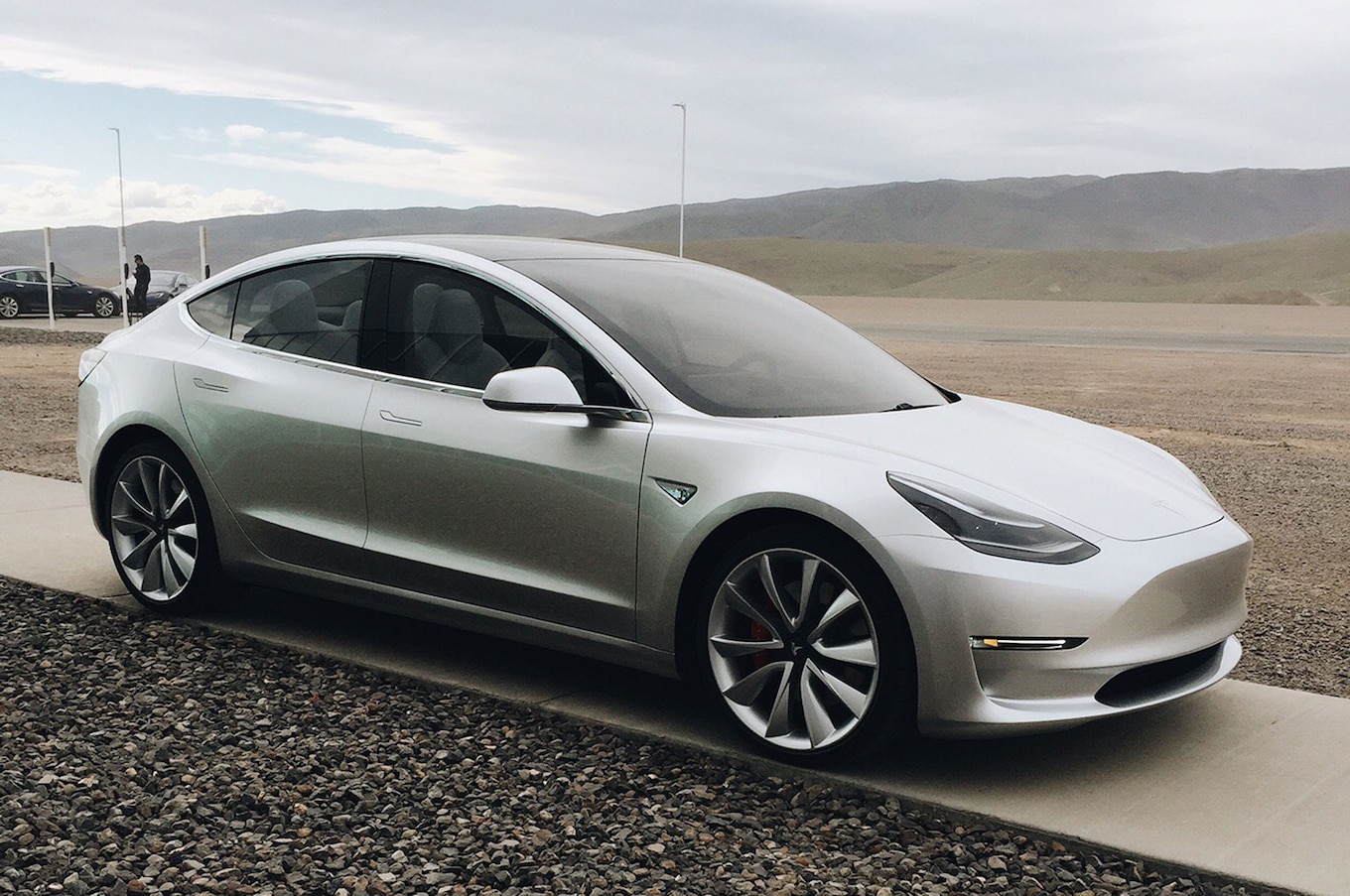Will this "smaller" battery actually have fewer cells, or will it be another hoax like they offered with the "S", where it was same battery just software controlled if it was the larger or smaller range battery? ...
Why label this as a hoax? The customer gets the range they pay for, what's the issue? Why should the customer care if it is done by a software setting that limits the discharge, or with fewer cells?
The customer has some pros/cons for each. A larger pack with tighter discharge limits will extend the life of the pack. Customer may have the option of purchasing (enabling) the higher range if they want. IIRC, Tesla extended the discharge limit (over-the-air update) for a limited time for people in the hurricane zone, and a bigger pack would have added unused margin. The capability might increase resale value. The only negative I can think of is you are carrying extra weight you are not using.
It appears that in this case, it
is a smaller pack (as I'd expect, due to the impact of cost at this lower price point), But Tesla has 2 reasons I can think of for using the larger pack and a software limit:
1) I makes manufacturing and inventory simpler. Relative to the cost of the cells, this does not seem like a strong reason to me.
2) If their marketing indicates a large enough % upgrade to the extended range later, it might pay for itself.
....
It was reported that the full-blown "self-driving" option was quietly dropped. The autopilot is still there, but the promise that it would be upgraded in the future is no longer offered.
Yep. Fully autonomous car is a lot harder than Musk thought....
PS. Musk had said that other car makers use lidar as a crutch, and he intended to do without it. Yeah, but without lidar, Tesla car is like on a wheelchair, i.e. not really walking.

I wonder how much this is going to hurt gross margins? I'm reading it was a [-]$3,000~$5,000[/-] ( see below, looks like a $5,000 to $8,000 cost, the $5K is prerequisite for the $3Koption), and if I understand gross margin calculations, that would seem to be near 100% profit,for the $3,000 in software, right (the costs are 'overhead' for software engineers - no 'direct' costs?)? While it looks like the $5,000 involves hardware and direct costs, but typically options have a higher gross margin.
Just found more info (from October 11th 2017), the % uptake was higher than I thought - this is lots of lost revenue for Tesla:
https://futurism.com/35000-people-bought-teslas-fully-self-driving-features-but-they-dont-exist-yet
According to data uncovered by Electrek via an anonymous source, some 77 percent of owners bought the Enhanced Autopilot package, while around 40 percent opted for the Fully Self-Driving Capability.
The latter functionality costs $3,000 in addition to the base cost of the vehicle, and the purchase of the $5,000 Enhanced Autopilot option is a prerequisite. It’s rather impressive that Tesla has managed to get more than 35,000 people to pony up that $8,000 sum, given that the software update still has no set release date.
....
And if you're concerned with pollutants, e.g. NOx, those remain easier to regulate at thousands of power plants vs. millions of tailpipes.
Please provide some source data that indicates NOx levels for the fossil fuel plants on the grid in the US have dropped faster than NOx levels for cars. Cars have dropped 97.7% since 1975.
The development and chronology of autmobile emissions reductions efforts in the United States
And don't forget that inconvenient truth - added demand from EVs will be supplied almost totally from fossil fuel plants for the foreseeable future, there is no steady excess of RE available to charge those EVs. So reduction of NOx at those fossil fuel plants (and/or shift to Nukes) is what is relevant.
-ERD50

